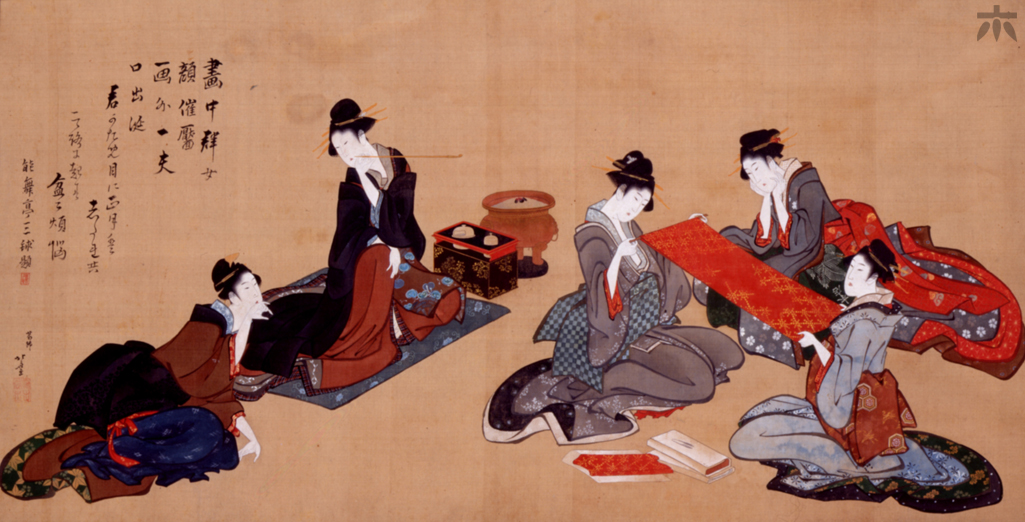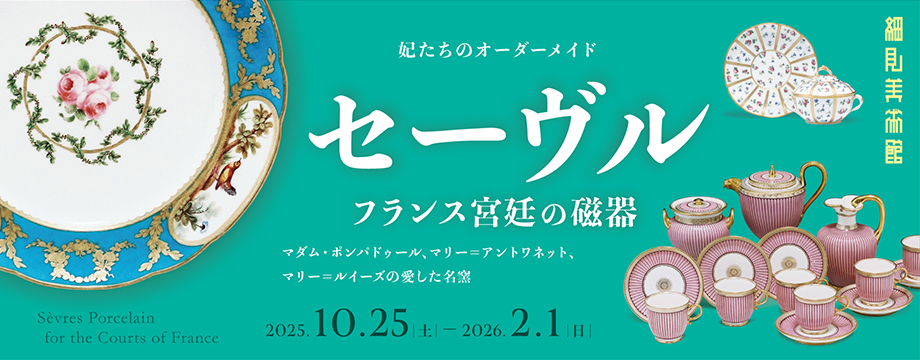
About the Hosomi Museum
Museum Facilities

Hosomi Museum
Inspired by Kyoto traditional machiya townhouses, a fusion of traditional and modern design.
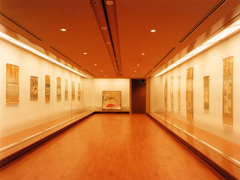
Designed by OE Tadasu, the museum building incorporates traditional and modern design elements, featuring three floors above ground and two below. The museum was awarded the 40th Building Contractors Society Architecture Prize.

Kokoan Japanese Tea Room
Located on the 3rd floor of the Museum, a panorama of the Higashiyama mountains awaits.
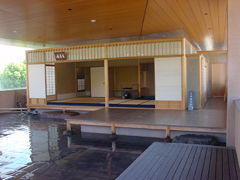
Designed by NAKAMURA Sotoji in traditional Sukiya architecture style, Tea Room KOKOAN is open to anyone interested in tea culture.Advance reservations are required to participate in the tea ceremony.
-Free admission
info[at]emuseum.or.jp

Unique items based on Japanese design.

Art Cube Shop carries original museum goods, as well as trendy Japanese-style items, accessories, and a variety of art-related books.
-Free admission

A sophisticated space to enjoy the moment.

JAKUCHU CAFE opens out into the Museum courtyard. Guests can enjoy lunch or sweets surrounded by the reproductions of Jakuchu's works.
-Free admission
About the Collection
Ancient to Middle Periods (4th-16th centuries)
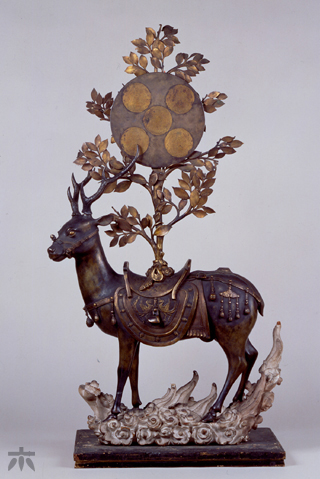
Dear Bearing Symbols of the Five Kasuga Honji-butsu, Nanbokucho Period
(14th century)
Haniwa (tomb figurines), Buddhist sculpture, Buddhist ceremonial tools - the founder of this museum's collection, Hosomi Kokoan was strongly attracted to religious art, particularly the subtle details of Heian period Buddhist painting and syncretic Buddhist-Shinto sculpture, popular in the middle ages. The museum also has a extensive collection of narrative handscrolls (emaki) from the Muromachi period, both in large and small formats (koe).
Decorative Arts
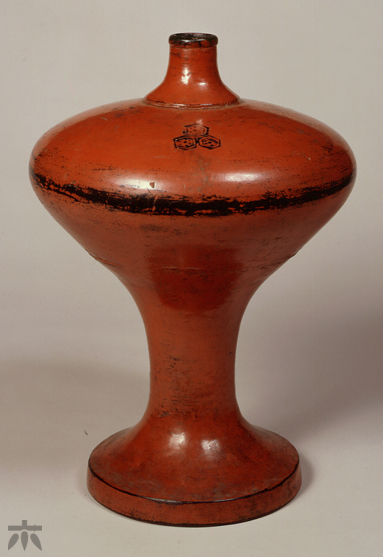
Cinnabar Lacquered Sake Bottle with Hexagonal Pattern, Muromachi Period
(15th-16th century)
The Hosomi collection is also known for its decorative arts, namely makie and Negoro lacquerware, tea bowls and utensils, as well as room ornaments. Exhibitions often display these pieces alongside paintings and sculpture, giving a more complete sense of the arts at the particular period.
Rimpa
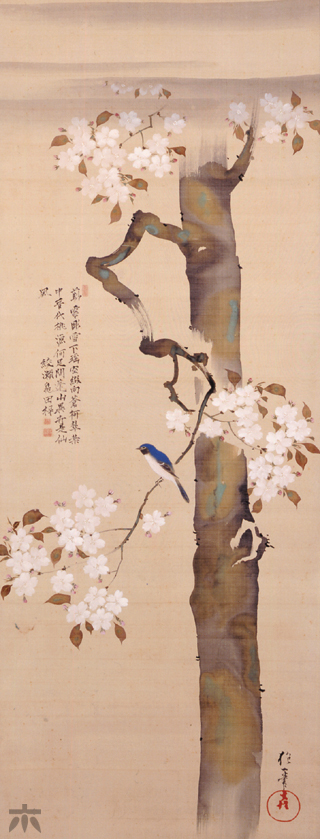
Sakai Hoitsu,
"Small Bird and Cherry Tree"
Late Edo Period
(19th century)
From Tawaraya Sotatsu to Kamisaka Sekka (1866-1942), the Hosomi Museum is second to none in its collection of Rimpa art. Began by Sotatsu (dates unknown) and Hon'ami Koetsu (1558-1637), and later developed by Ogata Korin (1658-1716) then Sakai Hoitsu (1761-1828) in Edo, this style of art combines traditional Yamato-e painting with ink painting techniques, as well as a more modern sense of design.
Common subject matter were birds and flowers, as well as classical Japanese literary themes.
Early Modern Period (16th-19th centuries)
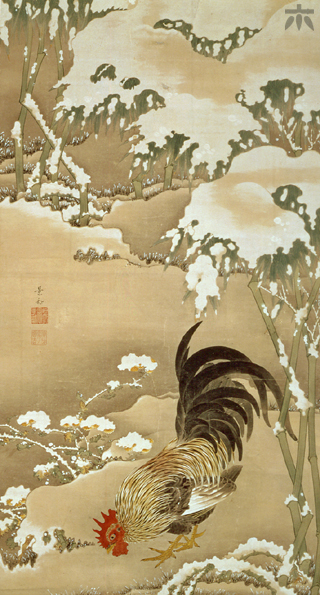
Ito Jakuchu,
"Rooster in the Snow"
Mid-Edo Period
(18th century)
From Momoyama to early Edo, leisure activities such as visiting temple/shrines, cherry blossom viewing, and theater became increasingly popular. The rise of the merchant classes meant a new patron class, one that demanded more secular art related to everyday life. This new style of genre pictures (fuzoku-ga) included woodblock ukiyo-e, ink paitings, portraits of beauties, and scenes of the city.
The Hosomi collection is known for its ink paintings by Hokusai and folding screens depicting Edo/Kyoto life. Aside from these genre pictures, the collection is strong in works by the Kano school, literati painting (bunjin-ga) and the individualist painter, Ito Jakuchu (1716-1800).
